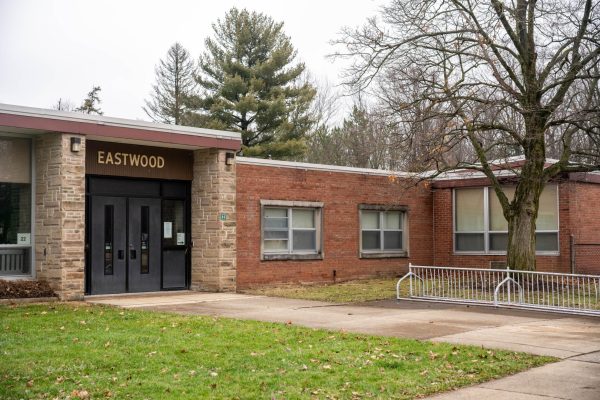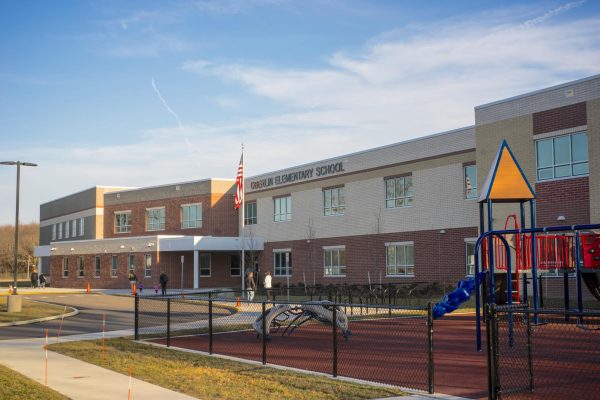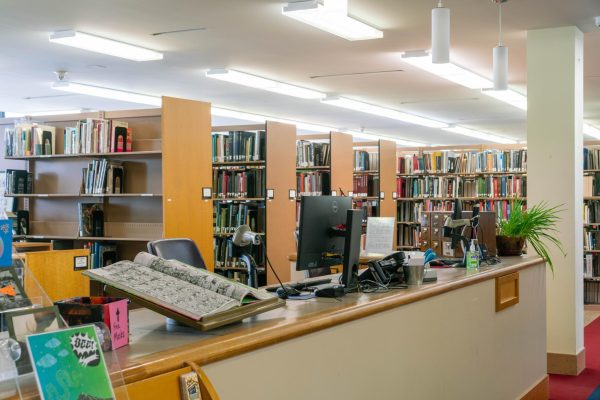City Council Approves Heritage Home Program
City Council approved the Heritage Home Program to create a fund that will provide homeworkers and landowners a more affordable, accessible way to renovate or repair aging homes. The program, passed Nov. 6, will officially take effect Dec. 1.
Anyone who owns a home in Oberlin built 50 or more years ago can receive free technical assistance. Qualifying homeowners can obtain a low-interest, equity-based loan to improve upon or maintain their property through the program.
Recently re- elected City Councilmember Linda Slocum was a critical advocate for the program, and she articulated it as one of her main goals throughout her campaign.
“When I was running for council the first time, I went to the [doorstep] of every home in town,” Slocum said. “That’s when I realized that a lot of Oberlin homes are in real need of renovation. The planning commission did a housing study, and they confirmed the fact that we have a declining housing stock. It all fits in together — the observations and the study. It’s a real problem.”
A 2014 housing market analysis, conducted by Vogt Santer Insights, provided data around the functionality and market of Oberlin homes.
“The study characterized overall renter growth as slow, but concludes that the demand for new construction and higher quality rentals is there, due to the aging, ‘functionally obsolete’ rental housing existing in Oberlin currently,” states the Feb. 24, 2017 City of Oberlin Comprehensive Housing Study and Needs Analysis.
City Director of Planning and Development Carrie Handy said she believes the program will help homeowners maintain their properties in the long term.
“Hopefully this program is another tool that homeowners can use to help fix up their property,”Handy said.
“This provides free technical advice [to] help them figure out what they need to fix and what they should fix first.”
Slocum emphasized that the program makes it easier for homeowners to partake in beneficial large-scale projects, as the minimum loan amount is $10,000.
“The loan cannot be less than $10,000, so we are talking substantial renovations,” she said. “Some might think that’s high, but this is to encourage substantial renovations. This will not be the end of assistance for home renovations. We will introduce other programs that may be able to go lower in the future.”
Renovations to increase energy efficiency are one way homeowners may choose to use the Heritage Home Program.
“We hope people will avail themselves of this so that they can make these programs and pay it off with less interest,” Slocum said. “They can use these loans in tandem with some of our other projects to make their homes more comfortable, more sustainable, or more energy-efficient through programs like [Providing Oberlin with Efficiency Responsibly]. They get an extra boost that way.”
Greg Jones, energy advocate for the group POWER, articulated the ways in which the Heritage Home Program may help achieve more sustainable practices. Certain renovations, like replacing inefficient knob and tube wiring, cannot be funded through POWER with the assistance of the Columbia Gas of Ohio. But through the new program, homeowners can address these retrofitting issues.
“This is something I would definitely like to see for POWER,” Jones said. “The more options I can give to people, the better ability I have to make every home as comfortable, safe, and energy-efficient as possible.”
Slocum added that the program may have lasting effects on increasing sustainability while also increasing growth within the Oberlin community.
“This is a start of a really important goal,” Slocum said. “We will address the housing that’s here with this program, and we will address developing new homes at the same time. We can bring in young families and singles. We have some opportunities to grow if we do things this way.”
The community, the environment, and all people have the potential to benefit from the program, Slocum stressed.
“The loans are not only for people of low to moderate income — anyone can avail themselves to this, but there is a slightly higher interest rate,” she said. “This program is for everyone.”
To qualify for the loan, a home must be located in a residential zone in a participating community, at least 50 years old, insured, contain three occupancy units or less, and have up-to-date property taxes. Only certain repairs fall in the parameters of the Heritage Home Program. Some ineligible projects include vinyl siding installation and luxuries like landscaping.






